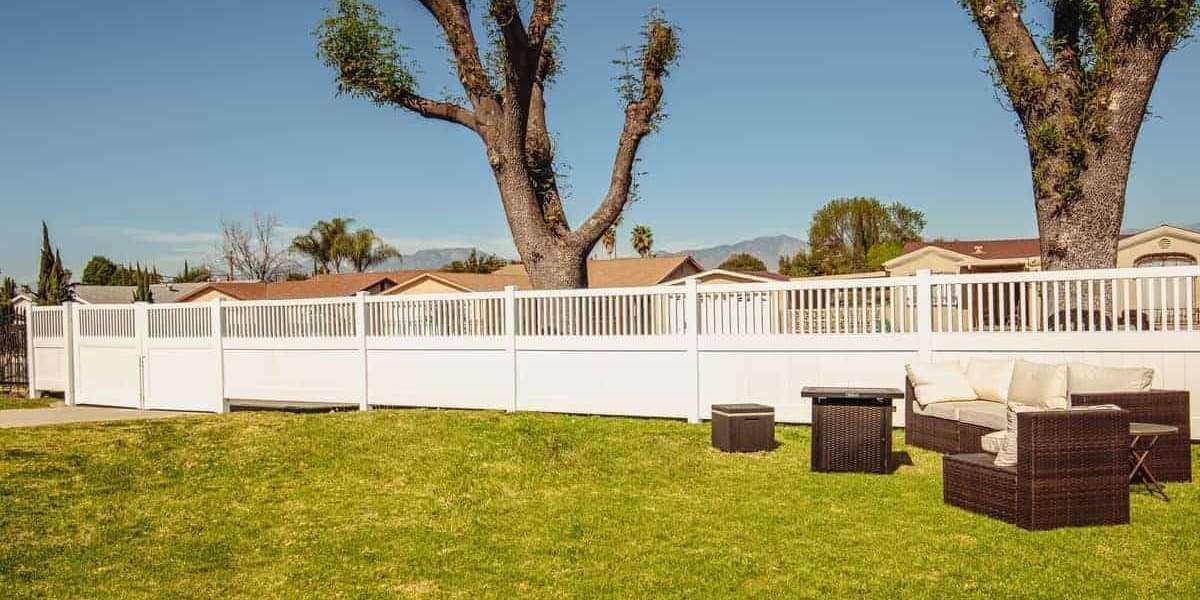Due to the level of privacy it offers, wooden fences continue to be popular.
While the family's human members will benefit from the privacy, some dogs, depending on their personalities, will be more motivated to try to break through the boards because their line of sight is obstructed. Due to their love of chewing, many dogs gnaw on the boards. This might be because many dog breeds, particularly Labradors, Retrievers, and Beagles, enjoy chewing on wood, among other things. The most common solution is to put in a stronger fence.
Over time, wood fences may also become weaker. It is recommended to maintain them annually; nevertheless, after 15 years, depending on the environment and level of maintenance, a complete replacement may be required. Once they start to rot and buckle, warped and decayed boards are much easier for dogs to break through and flee.
On the other hand, vinyl and PVC fences offer the same level of privacy as conventional wood fences without requiring any maintenance. This alternative can withstand increased wear and strain from some canines and is weather- and scratch-resistant.
PVC fencing is designed to be simple to install, strong, and long-lasting. It requires little upkeep and is reasonably priced. Because PVC fencing lasts longer than any other material outside wood, it is cost-effective. Unlike wood, it does not rust, rot, or splinter. PVC fences are a more economical option than wrought iron, metal, and wood fences. They have a huge selection of colours and designs. There is no need to dig a trench for installation because grommets are incorporated into each section.



